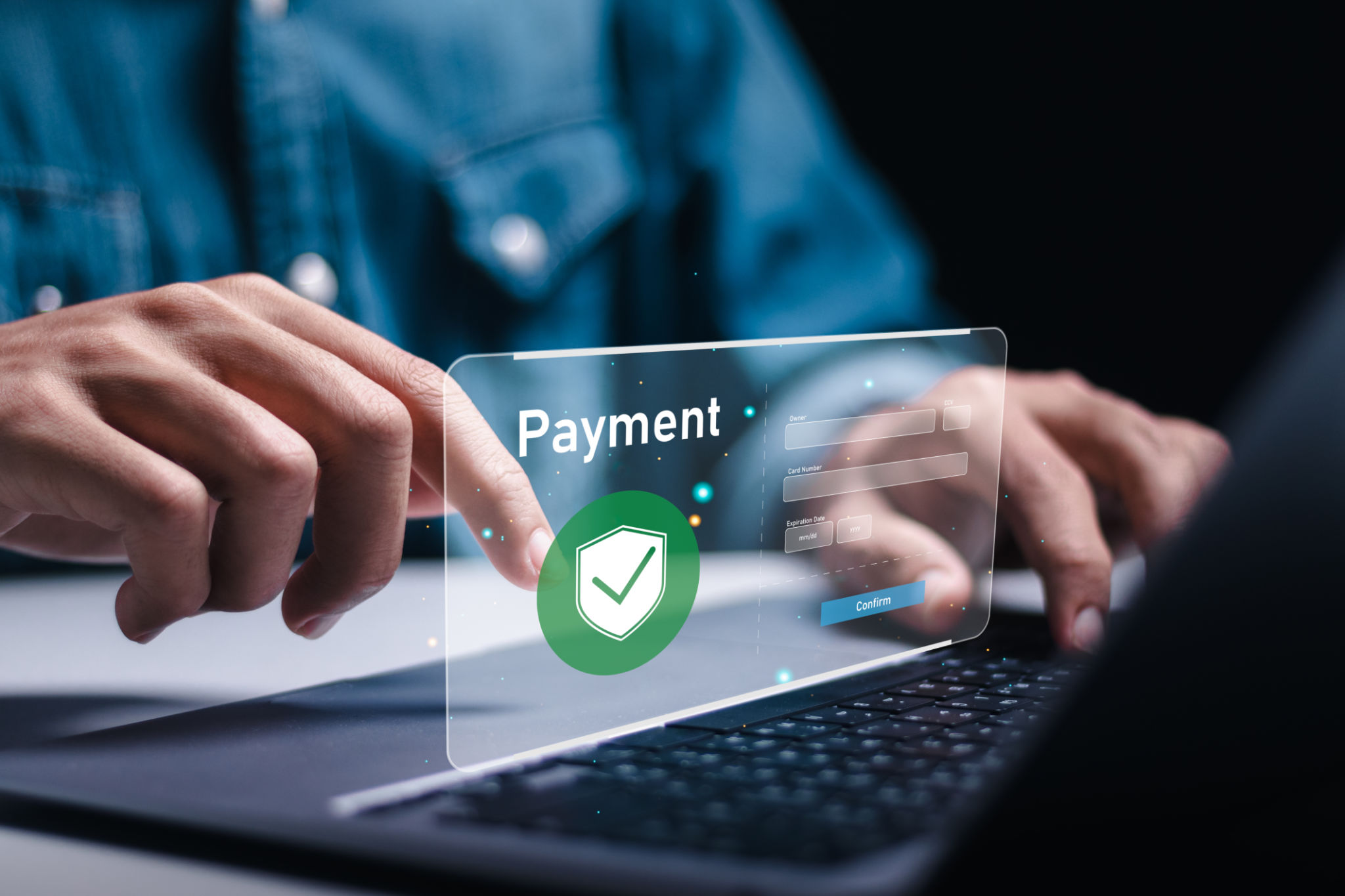Exploring Digital Payment Options for Roadside Assistance
SN
Introduction to Digital Payment Options
In today's fast-paced world, convenience is key, especially when it comes to roadside assistance. More and more companies are embracing digital payment options, making it easier and faster for customers to pay for services. Whether you're dealing with a flat tire or a dead battery, having the ability to pay quickly and efficiently can make all the difference.

Why Digital Payments Matter
The shift towards digital payments is not just a trend; it's a necessity. With the increasing demand for contactless transactions, digital payments offer a safe and secure way to handle financial exchanges. This method minimizes the need for physical cash and reduces the risk of fraud.
For roadside assistance providers, adopting digital payment methods can enhance customer satisfaction. The ease of completing a transaction without fumbling for cash or writing checks adds value to the service experience.
Popular Digital Payment Methods
There are several digital payment options available, each with its own set of features and benefits. Some of the most popular methods include:
- Mobile Wallets: Apps like Apple Pay, Google Pay, and Samsung Pay allow users to store their card information on their phones.
- Credit and Debit Cards: Traditional card payments have been made even easier with contactless options.
- Online Payment Platforms: Services like PayPal and Venmo offer seamless transactions and are widely accepted by businesses.

Benefits of Digital Payments for Roadside Assistance
Digital payments streamline the process for both providers and customers. Here are some key benefits:
- Speed: Digital transactions are quick, reducing wait times and getting you back on the road faster.
- Security: Encryption and secure networks protect your financial information.
- Convenience: No need to carry cash; your phone or card is all you need.
Challenges and Considerations
While digital payments offer many advantages, there are also challenges to consider. Not all customers may be comfortable with or have access to digital payment options. Additionally, businesses need to ensure they have the necessary infrastructure to support these transactions reliably.
It's important for roadside assistance companies to provide clear instructions and support to customers who may be unfamiliar with digital payment systems.

The Future of Roadside Assistance Payments
The landscape of payments is continually evolving, and the future looks promising for roadside assistance services. As technology advances, we can expect even more innovative solutions that enhance efficiency and convenience. From integrating blockchain technology to using cryptocurrencies, the possibilities are endless.
Ultimately, the goal is to provide an exceptional customer experience that ensures safety, convenience, and satisfaction.
Conclusion
Exploring digital payment options for roadside assistance is a step toward modernization that benefits both providers and customers. By embracing these technologies, companies can improve their service delivery and meet the expectations of today's tech-savvy consumers.
As we move forward, staying updated on emerging trends and technologies will be crucial for maintaining competitiveness in the industry. Embracing digital payments is just the beginning of a more efficient and customer-centric approach to roadside assistance.